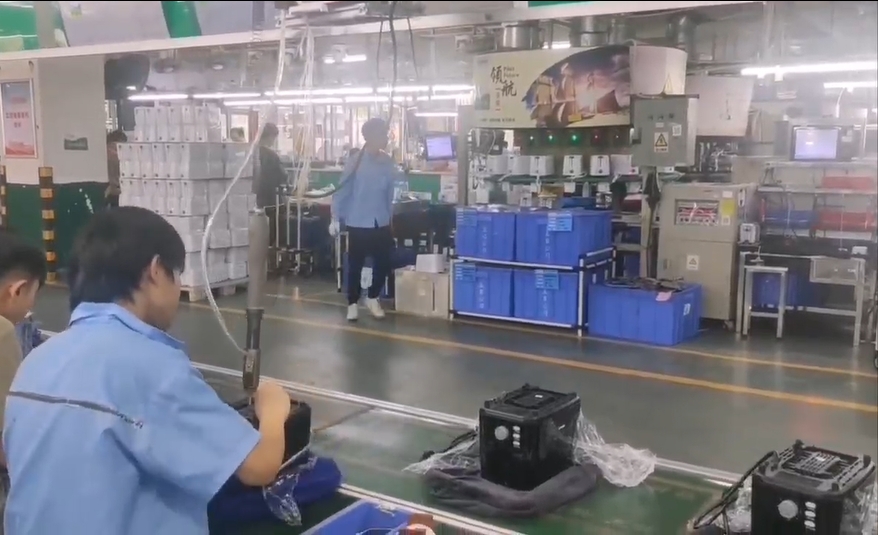In the realm of scientific research and industrial applications, the handling of chemicals is a fundamental aspect that demands rigorous attention to safety protocols. Chemical safety rules are not merely guidelines; they are essential practices that protect individuals, the environment, and the integrity of scientific work. This article delves into the critical chemical safety rules that every laboratory and industrial facility should implement to ensure a secure working environment.
Understanding Chemical Safety
Chemical safety encompasses a broad spectrum of practices designed to prevent accidents and exposure to hazardous substances. The importance of adhering to these rules cannot be overstated, as improper handling of chemicals can lead to severe consequences, including health risks, environmental damage, and financial losses. Therefore, establishing a robust framework of chemical safety rules is imperative for any organization dealing with hazardous materials.
- Know Your Chemicals
Before working with any chemical, it is crucial to understand its properties, hazards, and safe handling procedures. This includes:
- Material Safety Data Sheets (MSDS): Always consult the MSDS for each chemical. These documents provide vital information about the chemical's properties, potential hazards, and first-aid measures.
- Labeling: Ensure that all chemicals are clearly labeled with their names, concentrations, and hazard symbols. This practice aids in quick identification and minimizes the risk of accidental misuse.
- Personal Protective Equipment (PPE)
The use of appropriate PPE is a cornerstone of chemical safety. Depending on the nature of the chemicals being handled, the following PPE may be necessary:
- Gloves: Select gloves that are resistant to the specific chemicals being used. Nitrile gloves are often recommended for a wide range of substances.
- Goggles and Face Shields: Protect your eyes and face from splashes and fumes. Ensure that goggles fit properly and meet safety standards.
- Lab Coats and Aprons: Wear lab coats made from materials that resist chemical penetration. Aprons can provide an additional layer of protection.
- Proper Storage and Disposal
Chemical safety extends beyond handling; it also includes the proper storage and disposal of chemicals:
- Storage: Store chemicals according to their compatibility. For example, acids should be stored separately from bases, and flammable materials should be kept away from oxidizers. Use appropriate containers and ensure that storage areas are well-ventilated.
- Disposal: Follow local regulations and institutional policies for chemical disposal. Never pour chemicals down the drain unless explicitly permitted. Utilize designated waste containers for hazardous materials.
- Emergency Preparedness
Despite best efforts, accidents can occur. Being prepared for emergencies is vital:
- Emergency Equipment: Ensure that safety showers, eyewash stations, and fire extinguishers are easily accessible and regularly maintained.
- Spill Kits: Keep spill kits readily available for quick response to chemical spills. These kits should include absorbent materials, neutralizing agents, and personal protective equipment.
- Training: Regularly train all personnel on emergency procedures, including evacuation routes and first-aid measures.
- Ventilation and Fume Extraction
Proper ventilation is essential in any environment where chemicals are used. Implement the following measures:
- Fume Hoods: Utilize fume hoods when working with volatile substances to minimize inhalation exposure. Ensure that fume hoods are functioning correctly and are regularly inspected.
- General Ventilation: Maintain adequate general ventilation in the laboratory or workspace to dilute airborne contaminants.
- Maintain a Clean Workspace
A cluttered workspace can lead to accidents and hinder emergency responses. To maintain a safe environment:
- Organize: Keep work areas tidy and organized. Store chemicals and equipment in designated locations.
- Clean Spills Promptly: Address spills immediately, using appropriate procedures and materials to prevent slips and exposure.
Conclusion
Chemical safety rules are integral to fostering a secure and productive working environment in laboratories and industrial settings. By understanding the properties of chemicals, utilizing personal protective equipment, ensuring proper storage and disposal, preparing for emergencies, maintaining adequate ventilation, and keeping a clean workspace, organizations can significantly reduce the risks associated with chemical handling.


